I am lucky to live in hardiness zone 6. It’s not the warmers zone but also not the coldest one. It’s somewhere in the middle. We have nice wet springs and warm summers. Autumn here is magical with all the colored leaves and in my area, there are lots of lakes and farms. I enjoy living in my zone 6. Although sometimes our winters seem to be long because of my area’s elevation. Other than that we can grow lots of our favorite veggies and fruit in our zone 6. In my Northern Hemisphere spring starts end of March and lasts till the end of June. This timespan gives us 3 months to sow seed indoors and outdoors.
Vegetables to sow in spring in zone 6 are leafy vegetables such as arugula, Swiss chard, collard greens, kale, leaf lettuce, spinach, celery, and asparagus. Root vegetables include carrots, kohlrabi, parsnip, beets, radish, turnip, celeriac, and rutabaga. Shelling vegetables like peas and beans. Cruciferous vegetables like broccoli, Brussels sprouts, cabbage, and cauliflower. Start sowing cool-season vegetables first, at the beginning of spring. Then 6 weeks before the last frost sow warm-season vegetables like tomatoes, peppers, eggplant, cucumbers, beans, corn, summer squash, and winter squash, and fruits like watermelon, and cantaloupe. Spring is a great time to sow delicious herbs including rosemary, thyme, basil, cilantro, dill, sage, and parsley.
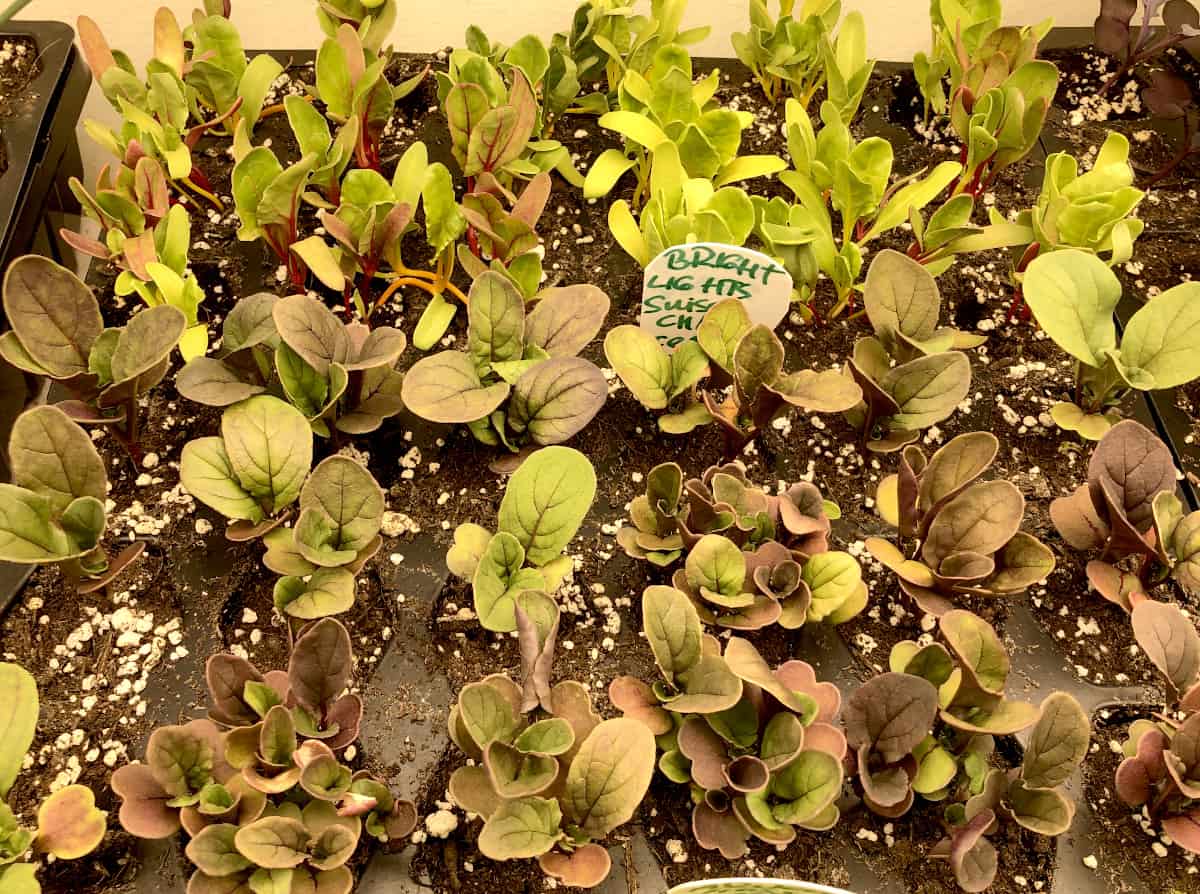
What are cool-season vegetables?
Cool-season vegetables are the ones that like cooler temperatures and thrive in cooler seasons like early spring and Autumn. They can be also called cold hardy vegetables and can handle a light frost. Leafy greens like lettuce, Swiss chard, collard greens, and spinach are cool season, as well as cruciferous ones like cabbage, cauliflower, broccoli, Brussel sprouts, and bok choy. Root vegetables also belong among cool-season produce, those are carrots, kohlrabi, parsnip, beets, radish, turnip, celeriac, and rutabaga. Peas, onion, garlic, chives, leek, and potatoes, are one of the cool season favorites as well.
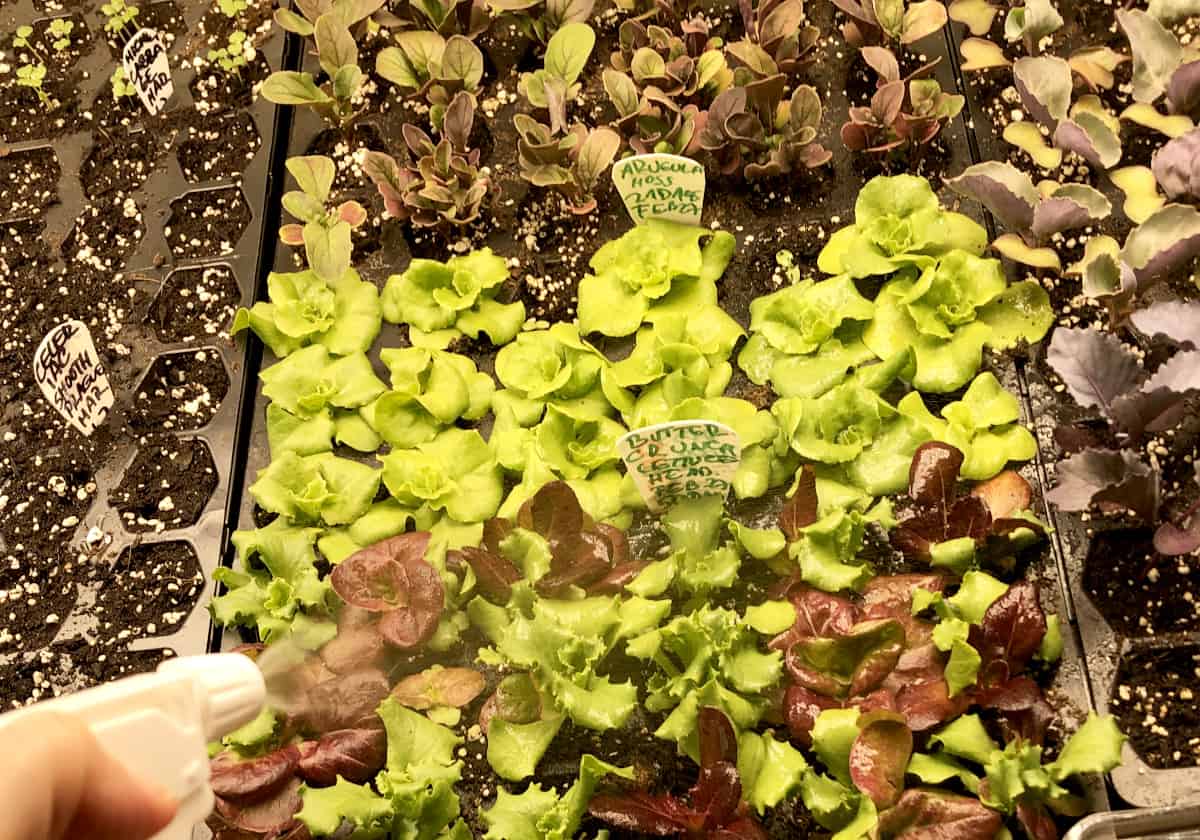
Cool-season vegetables like lower daytime temperatures somewhere between 40-70F and can grow at cool soil temperatures and they taste better grown in cooler weather rather than a hot one. They can be sown outside even a couple of weeks before the average last frost expectance.
When to sow cool season vegetables in zone 6
The end of winter, the end of February, and the beginning of spring, the end of March, is the best time to sow your cold hardy seeds. They can be sown again in late summer or the beginning of fall, long enough before the hard cold hits so they have enough time to mature and be harvested.
It’s the beginning of February as I am writing this, officially Wintertime, and I have already sown my candy onions as they take a long time to mature into a bulb.
When to sow cool season vegetables indoors in zone 6
In general, the best time to sow cool-season vegetables in zone 6 is March. Beginning of March, I will plant some seeds indoors under grow lights, or you can use a window sill with the most sun exposure.
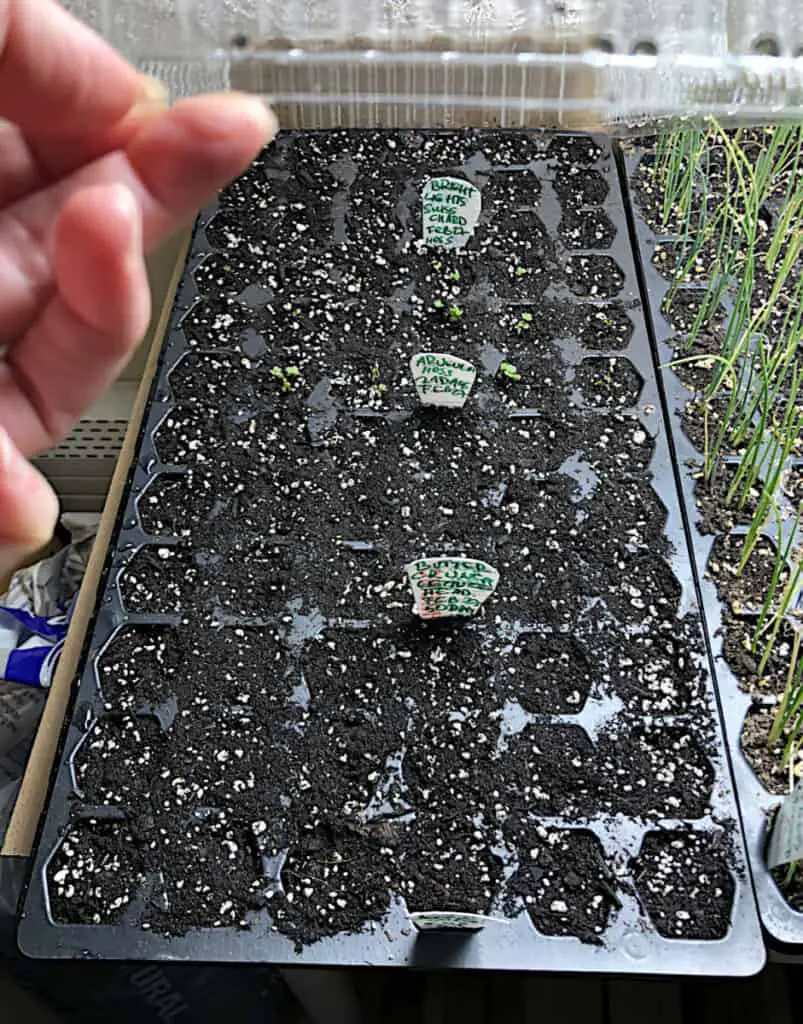
Beginning of March, I will start to sow indoors my cabbage, Swiss chard, lettuce, beets, celeriac, cauliflower, and broccoli so they can be ready as established seedlings to be planted outdoors in mid-April if my soil allows me. That being said, in the middle of April I will check if my soil is thawed and not too wet for my seedlings to be planted outdoors. I will also get my frost covers ready and if the weather is cooler than what I expect, or if harder frost hits my local area, I will cover my newly planted seedlings for extra protection from frost at night, and extra warmth provision during the day.
When to sow cool season vegetables outdoors in zone 6
Middle of March as well as towards the end of it, I will sow cool-season vegetables outdoors in zone 6. It’s also seed direct seeding. I will sow directly in the ground peas, carrots, and radishes if my soil is thawed, and not too wet or muddy to welcome my seeds. I might cover my newly sown seeds with frost cover as well for an extra boost of warmth and protection to sprout quicker.
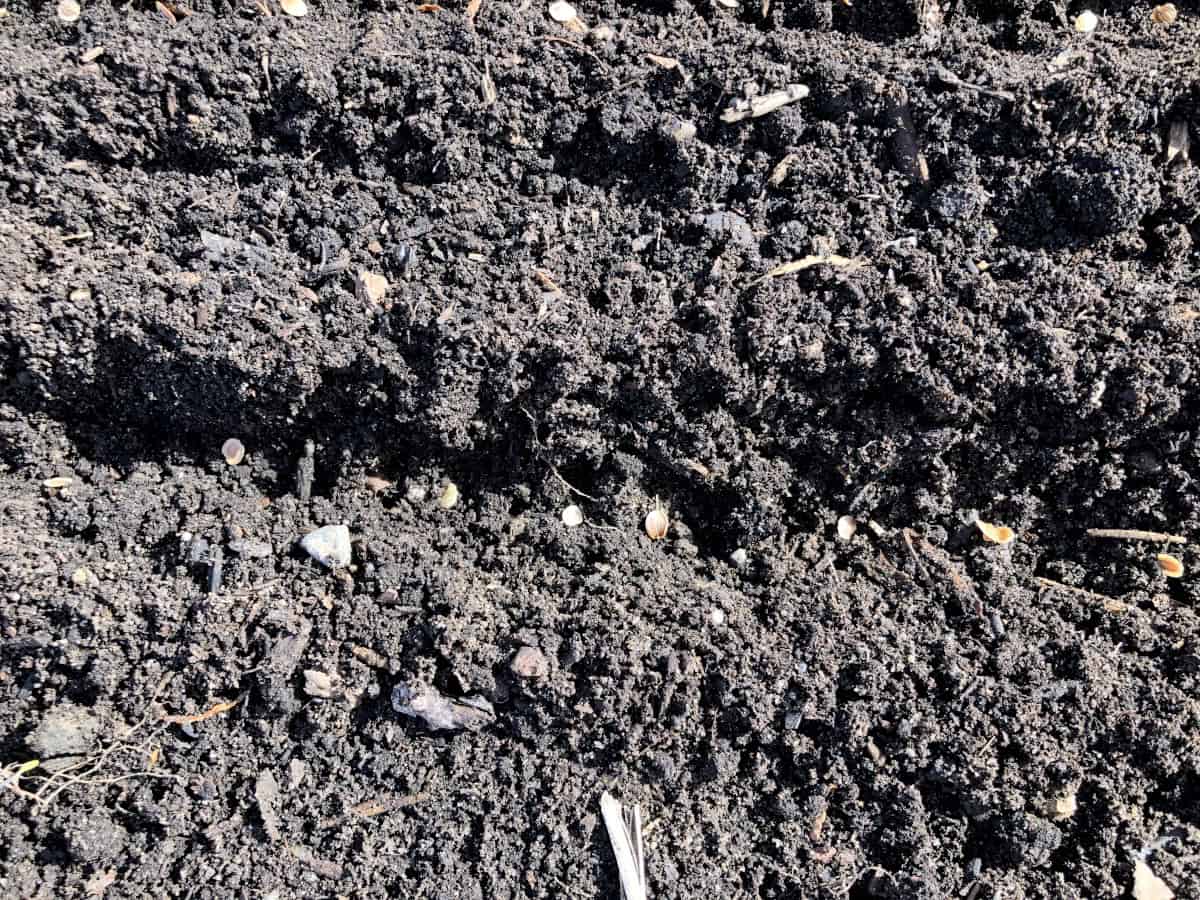
TIP: I found out that it’s not worth it for me to start carrots, radishes, and peas indoors. They take up precious and very limited space under my grow light, they grow quickly and do not transplant as well as I like them to. As my frost cover for newly sown seeds, I can use fabric, cardboard, and even pine planks which help me protect seeds from critters eating them. I lost many seeds due to squirrels and chipmunks. So, if you sow your seeds outdoors, do not forget to cover them for extra protection from pests till they sprout. For seedlings, as frost cover use fabric covers, dry leaves can be bagged or loose, old beddings or towels, hay or straw.
What are warm-season vegetables?
Warm-season vegetables are the ones that like warmer temperatures and thrive in the late spring, summer, and early fall. Warm-season crops are peppers, tomatoes, cucumbers, beans, zucchini, corn, butternut squash, spaghetti squash, winter squash, summer squash, eggplant, sweet potato, and watermelons.
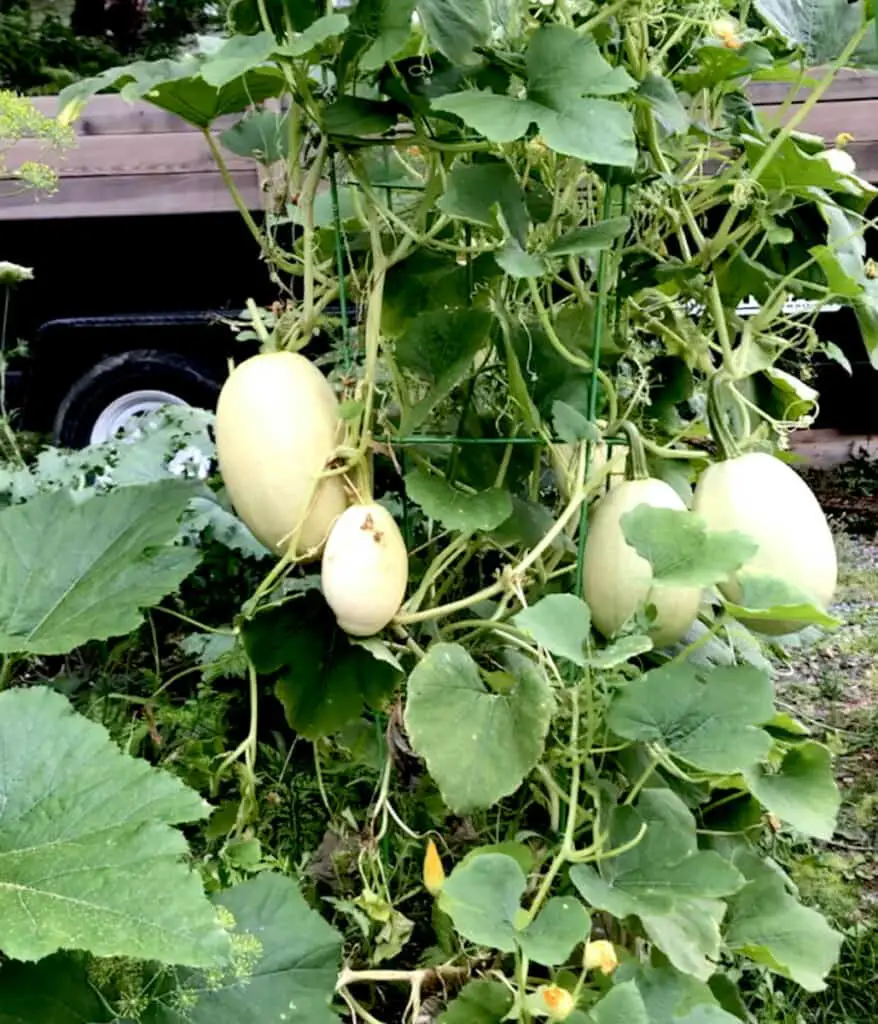
They like warm soil with a minimum of 55-60F. They do best if the soil temperature is above 70F. They do well at daytime temperatures between 60-85F and have absolutely no chance of frost. Frost could cause severe damage to them and even kill those tender plants.
When to sow warm season vegetables indoors in zone 6
In general, the best time to sow warm-season vegetables in zone 6 is the end of March. End of March I sow your warm season crops indoors under grow lights, or you can use a window sill with the most sun exposure. Check what warm vegetables you would like to grow and sow the seeds. I will be sowing peppers, tomatoes, pickling and slicing cucumbers, zucchini, red kuri squash, butternut squash, spaghetti squash, and watermelon, you can sow winter squash also. Winter squash can be sown again the beginning of June for the late autumn harvest. Allow at least 6 weeks for your seedlings to be established and then once all the danger of the last frost, you can plant your warm season seedlings to be planted outdoors.
TIP: Even now, have my frost covers ready because one just never knows.
I will plant my warm season crop seedlings out around the 10th of May, in my zone 6. In general, I count the last frost till May 16, but I dare to plant my warm season seedlings outside a week or two earlier because I noticed a couple of years in a row that my last frost was long gone before May 16 and I wasted a good two week. I will still be on the lookout for frost till May 16 and will have my covers ready in case needed, but won’t worry about the frost too much. Rather ready than worrying.
When to sow warm season vegetables outdoors in zone 6
Middle of May, or after your last frost is over it’s the best time to sow warm-season vegetables outdoors in zone 6.
Find out here what is your USDA plant hardiness zone. Once you know your hardiness zone, click here to find out when your last and first frost using your zip code. You can sow your warm-season crops outdoors directly as well. I found that tomatoes, butternut squash, zucchini, cucumbers, corn, spaghetti squash, and winter squash do well being direct sown. You can sow them directly in the ground when the danger of frost is over. They do well in succession planting. You can directly sow them every two weeks for a continuous harvest throughout the season.
What vegetables to sow outdoors before the last frost?
What to direct sow outdoors in April in zone 6

